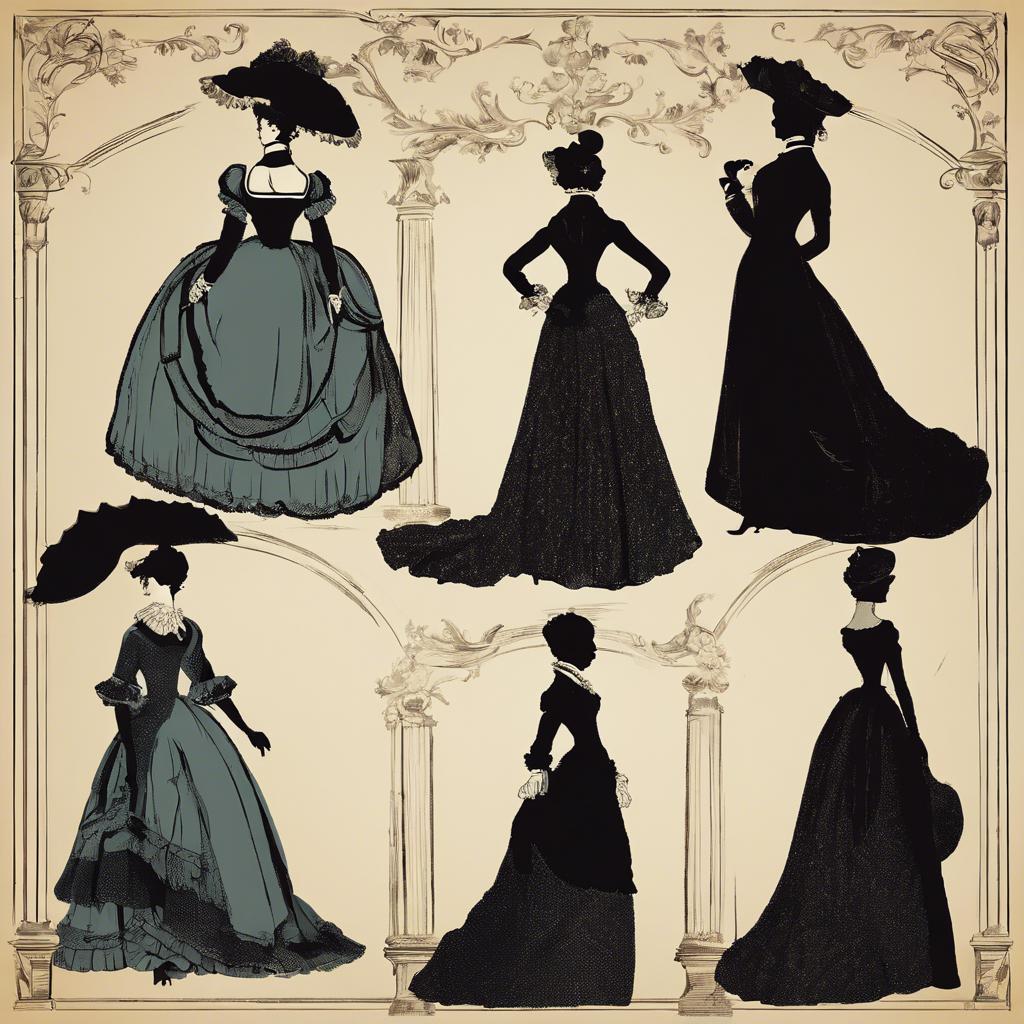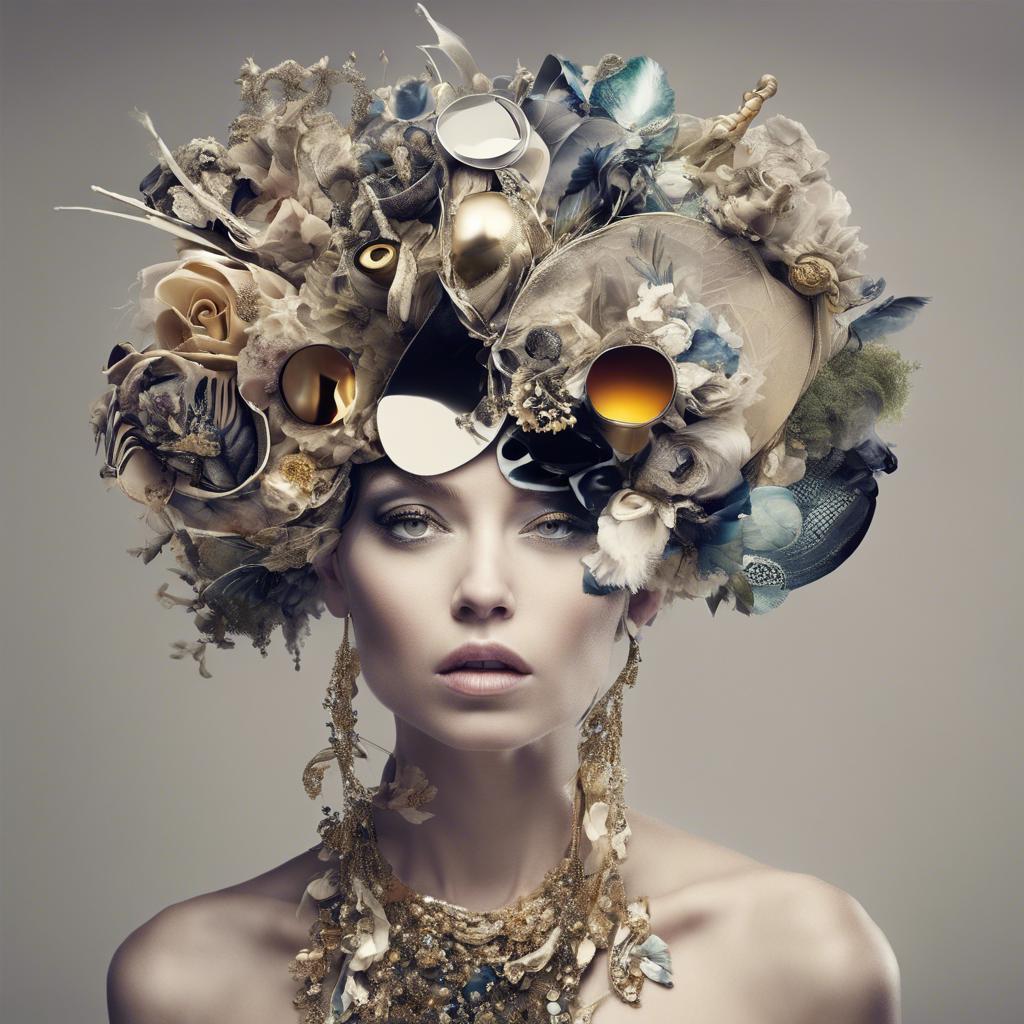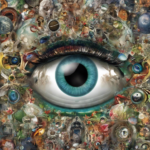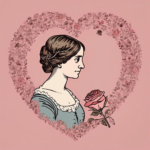During the early 19th century, the Regency era brought about a significant shift in fashion that reflected the political and social changes of the time. Regency fashion, characterized by its graceful silhouettes, empire waistlines, and delicate fabrics, continues to captivate historians and fashion enthusiasts alike. In this article, we will explore the nuances of Regency fashion and its enduring influence on modern styles.
Step Into the World of Cheryl Bolen
Dive into the enchanting stories of love, intrigue, and elegance set in the Regency Era. Cheryl Bolen's novels offer timeless romance and captivating tales that will leave you wanting more.
Explore Cheryl Bolen's Books Now
Elegant Silhouettes of Regency Fashion
The Regency era was a time of elegance and sophistication in fashion, with women’s silhouettes taking center stage. The clothing of this period was characterized by its high waistlines, empire cuts, and flowing fabrics that draped gracefully over the body. One of the most iconic pieces of Regency fashion is the empire-waist dress, which accentuated the natural waistline and created a flattering silhouette.
Women in the Regency era favored delicate fabrics such as muslin, silk, and lace, which added to the ethereal and feminine aesthetic of their attire. Pastel colors and floral patterns were also popular choices, reflecting the romantic and whimsical sensibilities of the time. Accessories like ribbons, gloves, and bonnets were used to complete the look, adding a touch of refinement and charm to the ensemble.
Silhouettes of Regency fashion were not only fashionable but also practical, allowing women to move freely and comfortably in their clothing. The simplicity and gracefulness of Regency attire continues to inspire modern fashion designers, with its timeless appeal and classic elegance. Embracing the elegance of Regency fashion is a nod to the past and a celebration of the enduring beauty of historical clothing styles.
Embroidery and Embellishments in Regency Attire
During the Regency era, embroidery and embellishments played a crucial role in defining the elaborate and luxurious attire of the time. Regency fashion was known for its intricate detailing and opulent decorations, which showcased the wealth and status of the wearer.
Embroidery was a popular technique used to embellish Regency clothing, with designs ranging from delicate floral patterns to ornate motifs inspired by nature. Rich fabrics like silk, satin, and velvet were often adorned with fine embroidery in silk thread, metallic threads, and even real gold and silver thread for the most extravagant garments.
Embellishments such as beads, sequins, pearls, and lace were also commonly used to add an extra touch of elegance to Regency attire. These intricate details were carefully handcrafted by skilled artisans, resulting in stunningly beautiful garments that were truly works of art.
Innovative Fabrics and Textiles of the Regency Era
The Regency Era was a time of great innovation in fabrics and textiles, leading to the creation of exquisite garments that are still admired today. One of the most popular fabrics during this time was silk, which was often used for dresses, gowns, and other formal wear. Silk was prized for its luxurious feel and shimmering appearance, making it a favorite among the fashionable elite.
Another fabric that gained popularity during the Regency Era was muslin, a lightweight and breathable cotton fabric that was often used for day dresses and undergarments. Muslin was prized for its versatility and ability to be easily dyed and printed with intricate patterns, making it a staple in many Regency wardrobes. Other popular fabrics of the time included satin, velvet, and tulle.
Embroidery and embellishments also played a significant role in Regency fashion, with delicate lace, intricate beadwork, and intricate embroidery adding a touch of elegance to many garments. These embellishments were often handcrafted by skilled artisans, adding a unique and personal touch to each piece. the fabrics and textiles of the Regency Era were truly breathtaking, reflecting the elegance and sophistication of the time.
Dressing with Authenticity: Tips for Recreating Regency Fashion
One of the most iconic periods in fashion history, Regency fashion is known for its elegant and sophisticated style. Recreating this timeless look requires attention to detail and a commitment to authenticity. Here are some tips to help you dress with true Regency flair:
Embrace Empire Silhouettes: Emphasize high waistlines and flowing skirts to capture the essence of Regency fashion. Look for garments with empire silhouettes that create a long, lean line from the shoulders to the hem.
Choose Regency-Inspired Fabrics: Opt for lightweight fabrics such as muslin, silk, and cotton to achieve a historically accurate look. Avoid heavy materials like wool or velvet, which were not commonly used during the Regency era.
Insights and Conclusions
regency fashion was an era of elegance and refinement, characterized by its elaborate silhouettes and intricate details. The clothing of this era not only reflected societal norms and values but also showcased the craftsmanship and creativity of talented designers and artisans. As we look back on this period of history, we are reminded of the enduring allure and beauty of regency fashion. Its influence can still be seen in modern-day design, serving as a testament to the lasting impact of this remarkable era. Join us as we continue to explore the rich history and timeless style of regency fashion.


